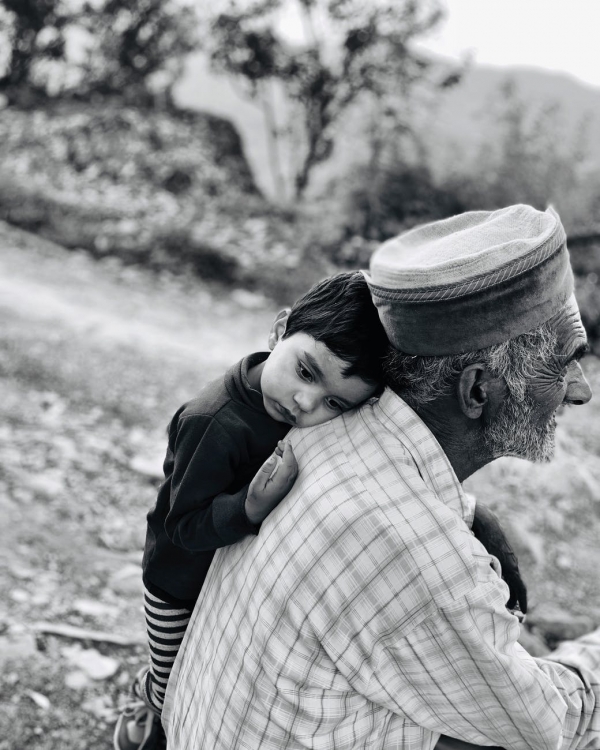Action on Armed Violence (AOAV) is an international nonprofit organisation, which is engaged in research and advocacy to reduce the impact of global armed violence. Its focus lays primarily on the harm caused by explosive weapons. The Report analyses the impact of explosive weapons on children's psychological health, especially in regard to the long-term effects of direct and indirect exposure to an explosion. Also, current trends in providing support to victims are addressed.
Although symptoms indicating mental health and psychological disorders are often diagnosed in children who were directly or indirectly exposed to explosive violence, it is not always predictable to what extent this form of violence will affect a child's life. The most common symptoms, including Post-Traumatic Stress Disorder (PTSD), were often found in children exposed to explosive violence and it is believed that such disorders may persist when they mature - even if such exposure has ended long before. Many variables dictate how a child responds to explosive violence. Certainly, important factors to be taken into account are the circumstances of the explosion and the conflict in general, as well as the resources available to curb the effects on the child’s mental health.
There is a strong correlation between a direct exposure to explosive violence and the resulting PTSD in children. However, compared to adults, children are less likely to show signs of trauma after an explosion or to talk about their experiences. For this reason, a child's condition is more likely to be overlooked or remains undiagnosed and it is thus often not useful to compare data of adults and children on the respective prevalence of PTSD. Gender disparities can also be identified in PTSD data, as girls are more than three times more likely to suffer from PTSD than boys. It is suspected that this difference may be due to the different education and socialisation to trauma that girls are exposed to.
Children could also be psychologically affected by the violence of explosions through indirect exposure. The term 'interpersonal exposure' is used to describe the trauma of losing a loved one or guardian in an explosion. However, the loss of a family member is not the only way for a child to become an indirect victim of explosive weapons as trauma can also be passed down from one generation to the next when a family member suffers from PTSD. The phenomenon of intergenerational transmission could be seen in children manifested by distress and anxiety, which often results in them experiencing greater difficulties in their psychosocial development as compared to children of parents without PTSD.
Experiencing trauma has a significant impact on a child's cognitive and social development. Mental health disorders diminish a child's ability to engage in activities and to build meaningful relationships. The community surrounding children suffering from these disorders can have a great influence on recovery. However, in situations of conflict, the relationships in which children find themselves are often prone to trauma and may therefore affect childrens’ health negatively.
Without an intervention at an early stage, children’s mental health disorders can persist and worsen as they progress into adulthood, which could lead to an increased risk of alcoholism, drug abuse, depression and even result in suicides. However, the psychological support victims would need is often lacked in war-torn low- and middle-income countries. In these areas, children often have no access to specialised paediatric psychiatric care and the wide-ranging effects of explosive weapons deprive them of any other kind of environment that might be beneficial for their therapy.
The Report thus concludes that explosive weapons may lead to children feeling uncertain, insecure and terrorized. Nevertheless, the long term effects of these traumas are difficult to predict. On a positive note, early interventions are able ameliorate the mental health problems associated with explosive weapons if they are administered appropriately. Finally, there is a need for research on the long-term experiences of children in post-conflict areas and in less developed countries, as current research is mostly concentrated on countries with more integrated and accessible psychological support networks.
To learn more, please read:
https://aoav.org.uk/2021/the-impact-of-explosive-violence-on-childrens-psychological-health/
https://reliefweb.int/sites/reliefweb.int/files/resources/CH1325872.pdf
Author: Carla Pintor




